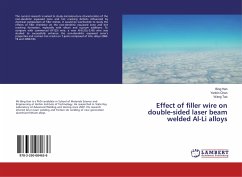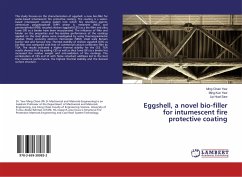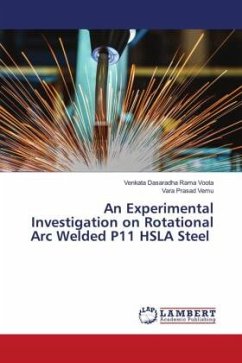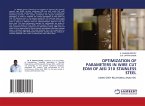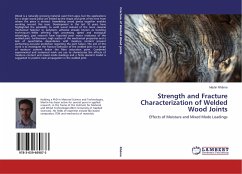The current research is aimed to study microstructure characteristics of the non-dendritic equiaxed zone and hot cracking defects influenced by chemical composition of filler metals. It would be worthwhile to study the effects of filler chemistry on the non-dendritic equiaxed zone and hot cracking formation, especially with silicon and cuprum additions. To compare with commercial Al-12Si wire, a new Al-6.2Cu-5.4Si wire was studied to successfully enhance the non-dendritic equiaxed zone's properties and restrain hot cracks on T-joints composed of Al-Li alloys 2060-T8 and 2099-T83.
Bitte wählen Sie Ihr Anliegen aus.
Rechnungen
Retourenschein anfordern
Bestellstatus
Storno

